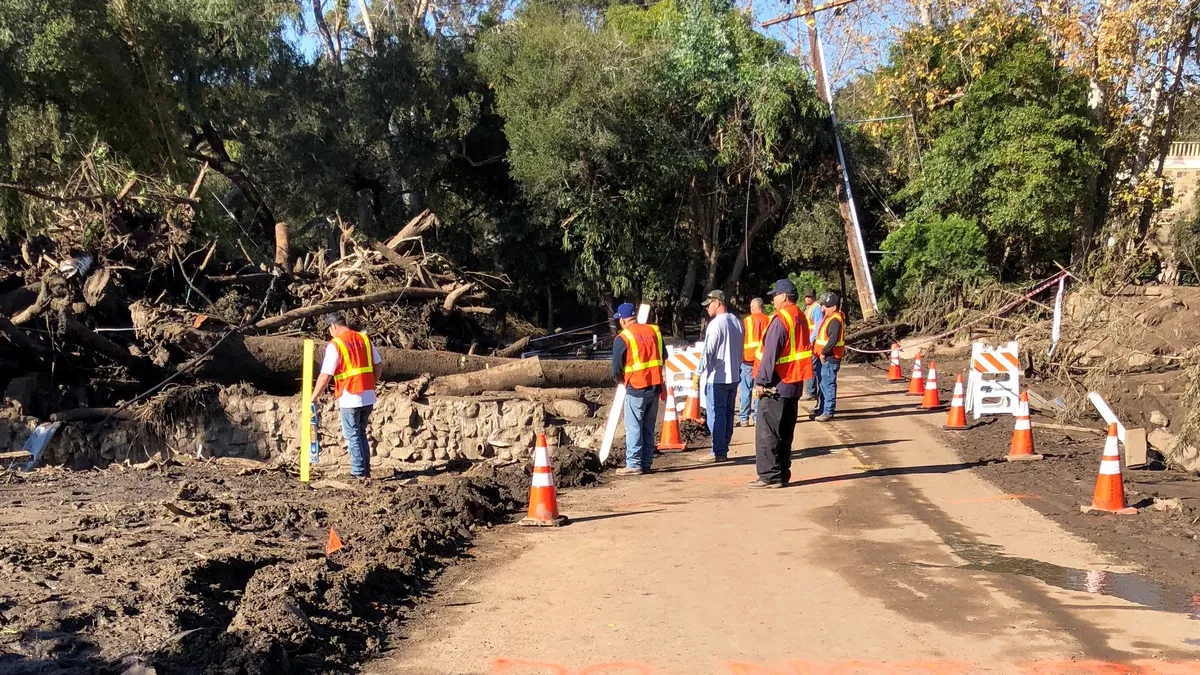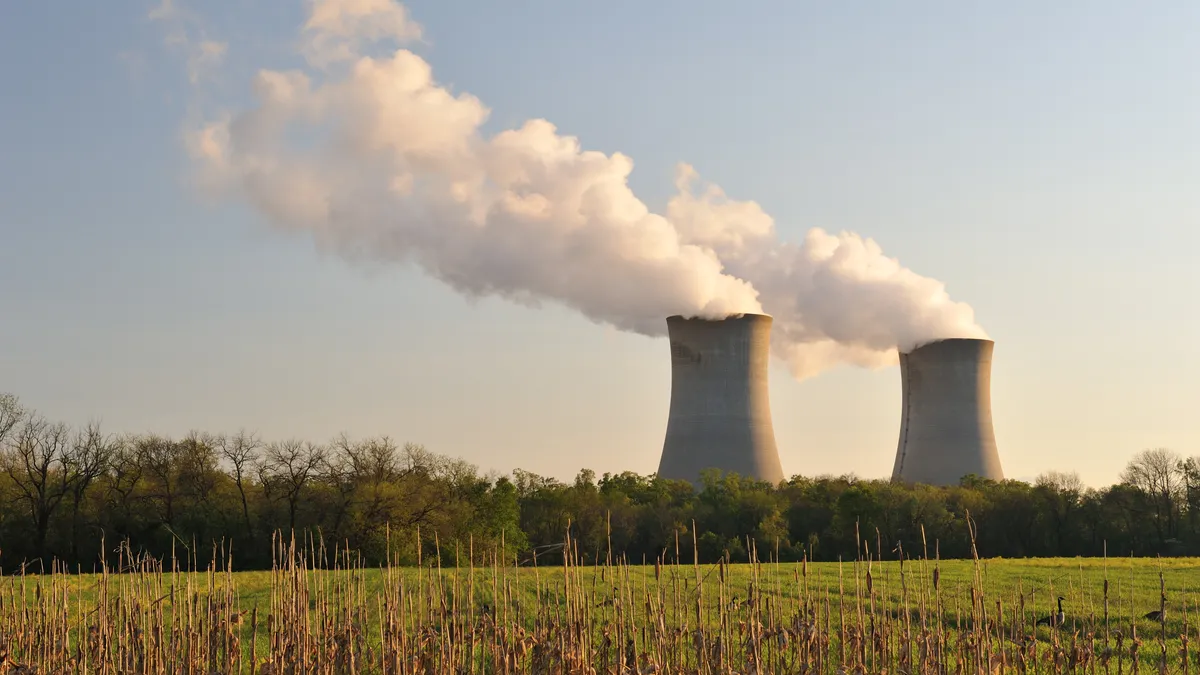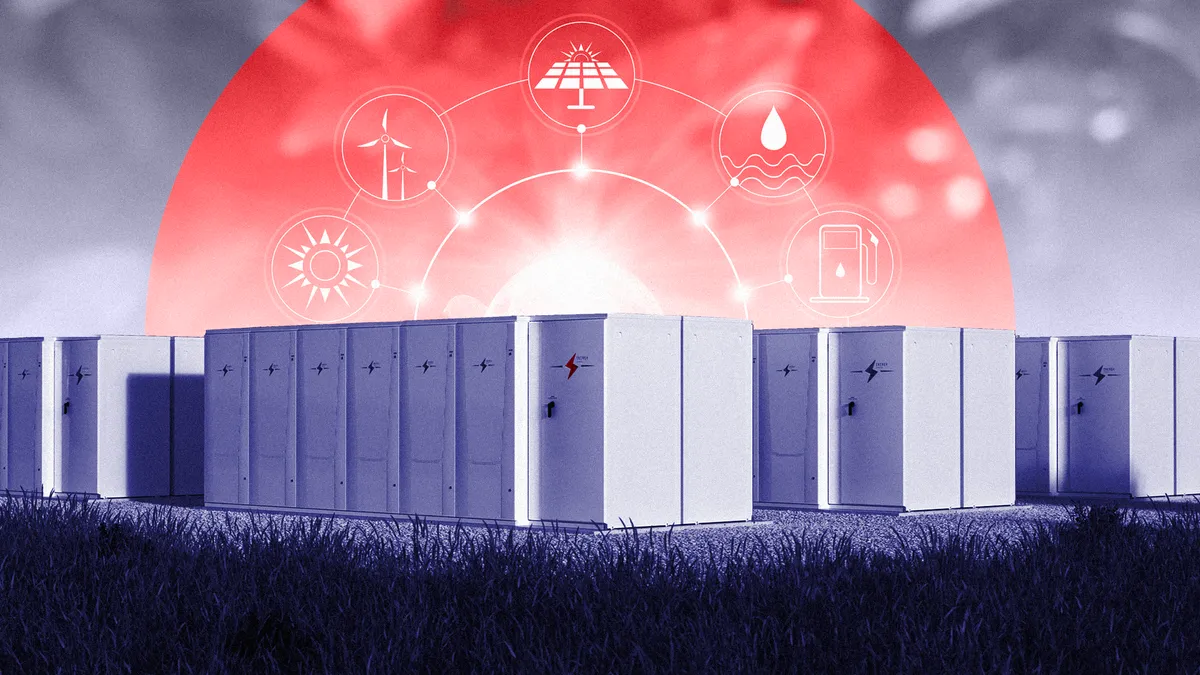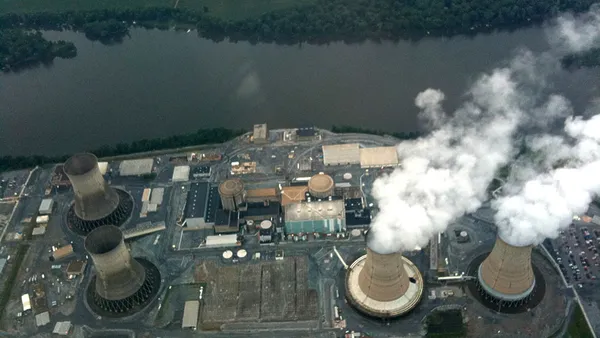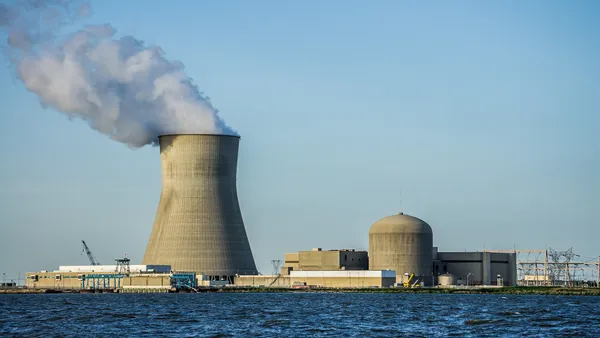Dive Brief:
- A report prepared for Southern California Gas by consulting firm ICF examined the resilience of natural gas infrastructure in disasters and recommended utilities sub-divide their gas systems so that when service isolation is necessary it can be done on a more granular level.
- The analysis, made public Tuesday, finds natural gas is a boon to energy resiliency, in part because much of the infrastructure is underground, but also points out the need for greater communication and data analysis to monitor threats and identify any pipeline leak vulnerabilities.
- SoCalGas released the report as the California wildfire season intensifies — a period that has proven deadly and devastating in recent years and forced some electric utilities to talk of bankruptcy.
Dive Insight:
ICF's report concludes more monitoring and data analysis can help operators of gas infrastructure coordinate and maintain reliability during natural disasters — similar to previous findings for electric utilities.
Ultimately, information is the 'name of the game' and for gas infrastructure that means modernization, supervisory control and data acquisition systems, and drones for remote visual surveys.
That information must be shared with relevant parties.
"Utilities, law enforcement, Fire, DOT and emergency responders cannot be siloed. Everyone needs to share information so that all parties know what can be brought to bear in a disaster response," Don Boland, executive director of the California Utilities Emergency Association, said in a statement.
Among ICF's system modification suggestions, the think tank wrote that modernizing systems will require more data and suggested the use of smart grids and other technology. "It is useful for cities to monitor gas consumption in order to know where disruptions occur," the group said.
SoCal Gas is now deploying fiber optics sensing technologies through debris flow areas above its pipelines, a move spurred by mudslides in Montecito, Calif. The report also recommends natural gas utilities further sub-divide their systems in order to "minimize the extent of service isolation."
The proactive shutdown of energy infrastructure has been pinpointed as one effective way to reduce wildfire risks and utilities are taking note. Earlier this month, for the first time, Pacific Gas & Electric (PG&E) cut off electricity service to nearly 60,000 people to prevent wildfires across its Northern California service area during high winds and dry conditions.
Proactive shutdown of energy infrastructure is a strategy common to both electric and gas utilities, but SoCalGas says service restoration for natural gas is "particularly time-consuming and expensive." The utility installed additional isolation valves when restoring natural gas after the Southern California mudslides, which are designed to make it easier to safely isolate sections of the distribution system.
PG&E is working to sub-divide their gas system "so that when service isolation is necessary, it can be more targeted and affect smaller populations," ICF noted. Similarly, SoCalGas is considering increasing the frequency of valves, particularly near fault lines. "This is a particularly useful strategy in light of the high cost and time intensity of restoring service post-isolation," ICF suggested.
The report, which was focused on gas infrastructure, also noted that backup generation powered by natural gas pipelines can be a major part of resiliency. ICF examined four recent disasters — hurricanes Harvey and Irma, last October's Northern California wildfires, and the December 2017 wildfires and subsequent mudslides in Southern California — and concluded hospitals, nursing homes, grocery stores and other facilities that had backup gas generation were often able to sustain power.
"Backup generation is an important component of overall resilience," ICF wrote. "In most examples of backup generation explored in these case studies, facilities successfully maintained power because of such investments."



